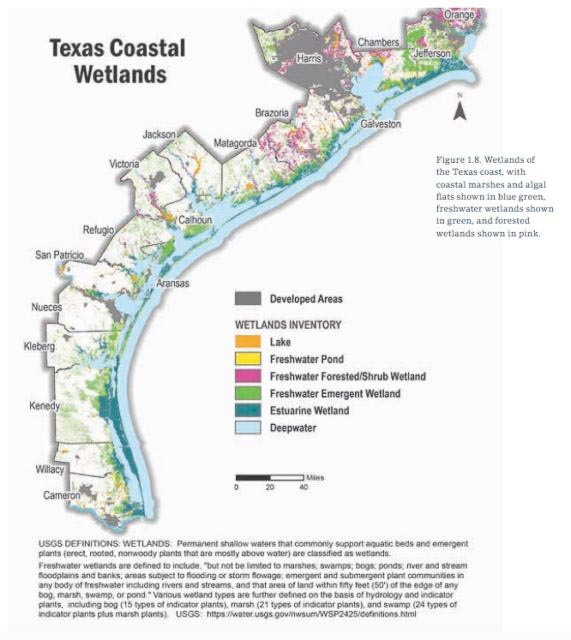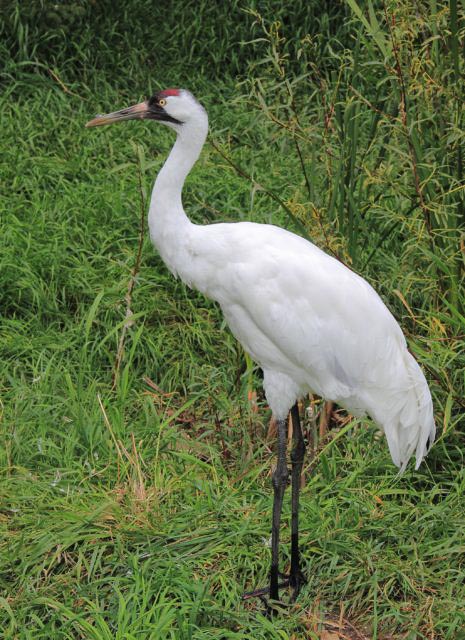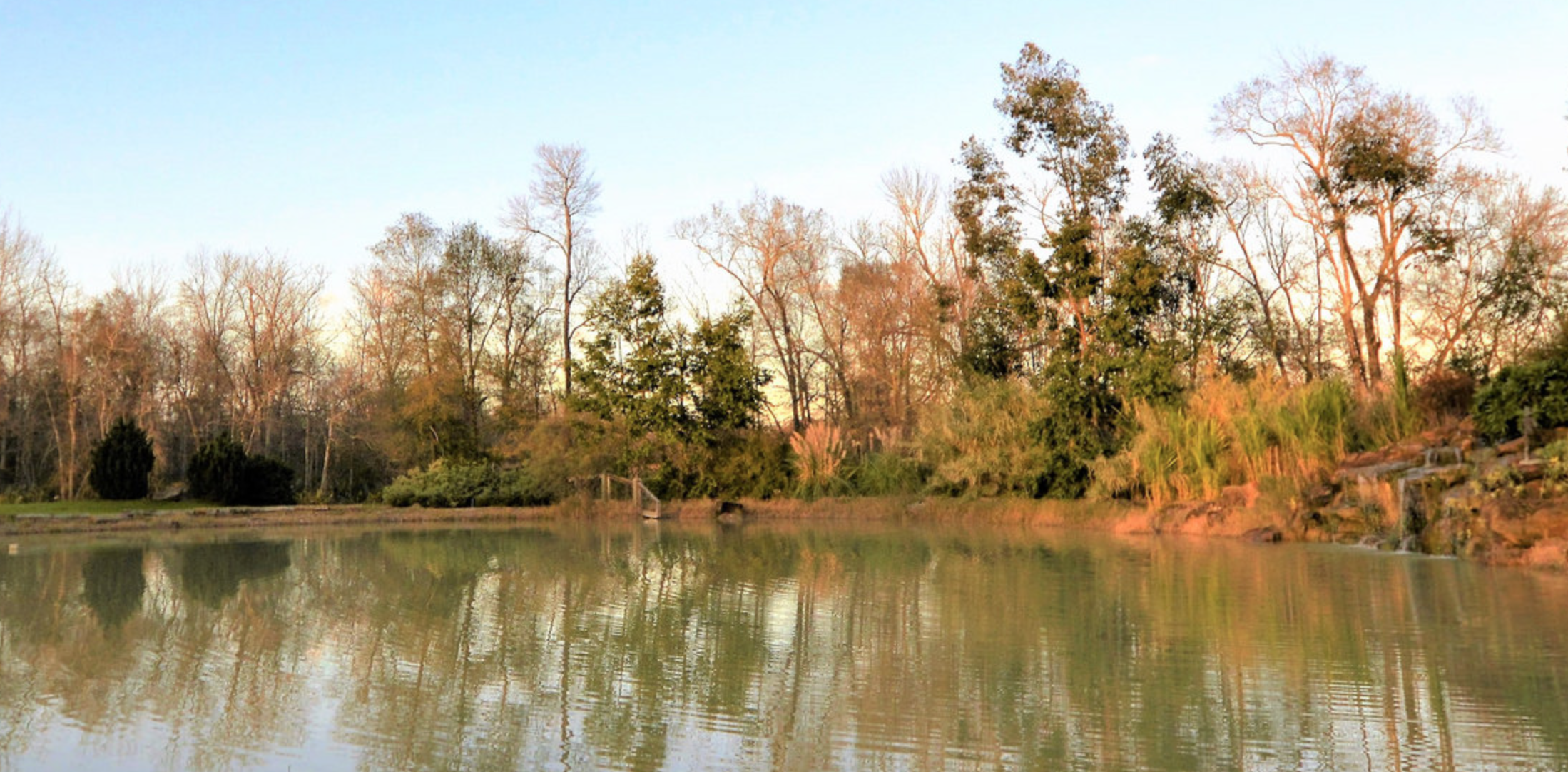Jim Blackburn loves (and lives) the Texas Gulf Coast. Much has been written and debated on how to mitigate the impacts of industry and climate change on future destructive flood events. But the policy recommendations of Blackburn — an environmental lawyer, educator, wildlife preservationist, birder, and outdoorsman — may surprise you. He calls not for greater regulation but for new markets.
To provide a foundation for these policy ideas, Blackburn gives us a basic understanding of coastal ecology while guiding us along the 624-mile long stretch of the Gulf Coast.
The book identifies three major assets of the Texas coast: green (natural assets), gray (industry), and water. (“Without freshwater inflow, our bays would die.”) The wildlife of the coast depends not only on adequate water but specifically freshwater to desalinate the bays. Without freshwater, oysters, blue crabs, shrimp, and juvenile finfish could not be sustained, and the demise of the bird species that feed on these creatures would soon follow.

Texas Coastal Wetlands.
Source: Jim Blackburn’s A Texas Plan for the Texas Coast.
Clear diagrams are populated with meticulously researched data. Some are more familiar, such as maps of Texas bays and rivers and annual rainfall. These are juxtaposed against lesser known systems, such as coastal wetlands, oyster reefs and seagrasses, navigation channels, pipelines, power plants, and refineries.
It is the complete interdependency of these seemingly distinct systems that would result in a costly if not deadly disaster, if one or more of these systems were to fail.
The multi-institutional research group headed by Blackburn, Severe Storm Prevention, Education, and Evacuation from Disasters Center (SSPEED), modeled the effects of a 24-foot storm surge in the Houston Ship Channel, in which 90 million gallons of crude oil would be released into Galveston Bay, far surpassing the Exxon Valdez oil spill and possibly the Deepwater Horizon event. Rather than spill into open water, the spill would be into Galveston Bay, one of the most productive estuaries in the U.S.
The more immediate concern, post-Harvey, is the widespread problem of flood mitigation. FEMA maps, until recently, have more effectively described riverine flooding rather than hurricane surge flooding. Additionally, residents in flood-prone areas are not automatically required to enroll in flood insurance programs.
The Texas Gulf coast is one of the least regulated of U.S. coastal areas. Blackburn attests that without federal environmental law (Clean Air Act and Clean Water Act) and the Army Corps of Engineers, for which he taught in the 1980s, there would be no environmental law on the Texas coast. Since 1972, when Texas rejected the federal regulations and funding of the Coastal Zone Management Act (CZMA), the state has more or less managed its own coast.
By having rejected a strong coastal management act, it has fallen on private parties (80 percent of the land along the Texas coast are private lands) to protect the coast, much of this through litigation. Blackburn believes that preservation (such as prairie restoration or sustainable ranching) is to be accomplished not in the form of regulation, but funded through the creation of new markets. In a market economics based approach, private landholders would sell carbon sequestration credits to corporations in the form of (unregulated) commodity contracts. The consumer would then, ostensibly, purchase such products branded as carbon-neutral. (“One can envision having a choice to purchase from a gasoline dealer that provides carbon-neutral gasoline at a slightly higher price than non-carbon-neutral gasoline.”)

The Whooping Crane.
Photo from Wikimedia Commons.
Some environmentalists question whether there would be sufficient willing buyers in a voluntary system and the market base for such a system. Blackburn is optimistic. In his view, eco-services of ranching, birding, and fishing would continue to be maintained through private litigation, entrepreneurship, competition, and personal commitment.
The reader has the sense that Blackburn himself would perish without the Texas coast, as would the whooping cranes (a species that almost became extinct) without the oysters that depend on freshwater flow to the bays. Aptly, he ends with a series of poems, as a tribute to our coast.
This article was originally published on OffCite, the digital home of Cite: The Architecture + Design Review of Houston, a quarterly publication of the Rice Design Alliance.

